Home>Interior Design>Decorating With Primary Colors: How To Decorate With Primary Colors
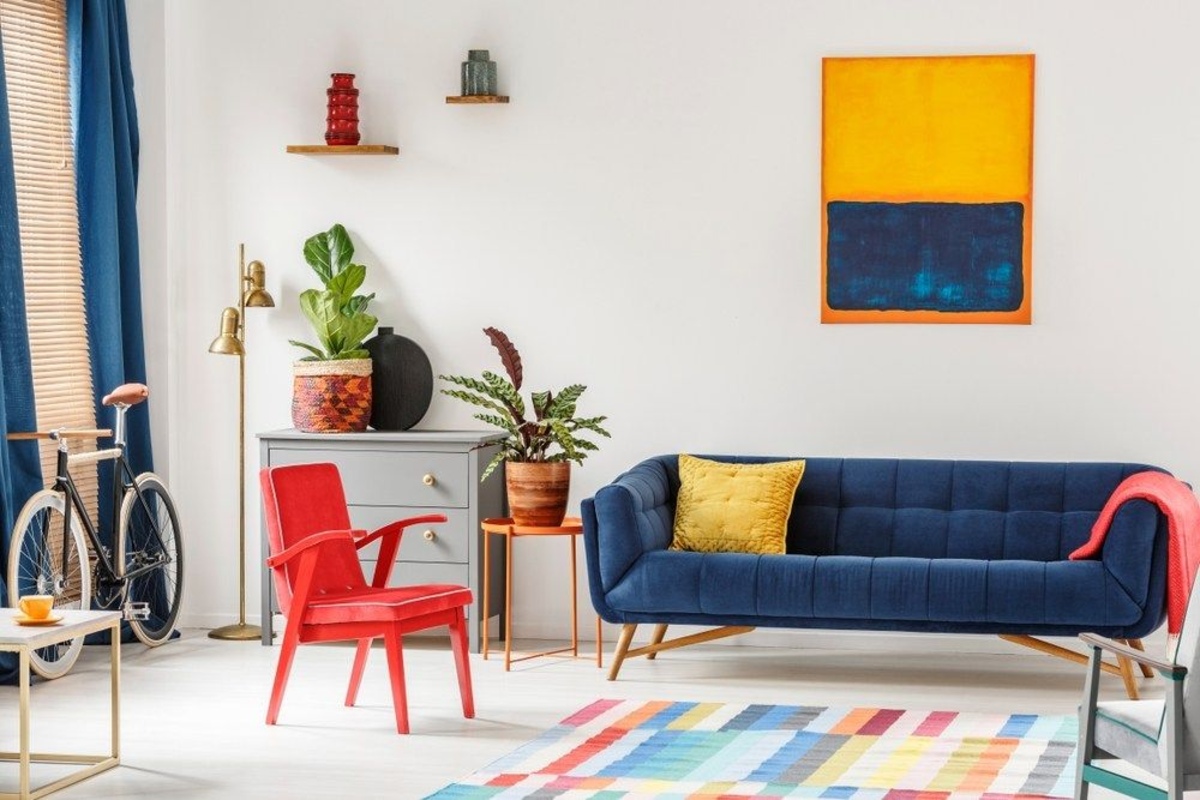

Interior Design
Decorating With Primary Colors: How To Decorate With Primary Colors
Modified: January 18, 2024
Learn how to incorporate primary colors into your interior design with these helpful tips and tricks. Discover how to create a vibrant and visually appealing space with the use of primary colors.
(Many of the links in this article redirect to a specific reviewed product. Your purchase of these products through affiliate links helps to generate commission for Storables.com, at no extra cost. Learn more)
Introduction
Welcome to the colorful world of interior design! When it comes to decorating your home, one of the most impactful choices you can make is selecting a color scheme. And what better way to inject vibrancy, energy, and personality into your space than by incorporating primary colors? Primary colors – red, blue, and yellow – are the building blocks of color theory and can create a bold and visually striking aesthetic.
In this article, we will explore the captivating world of primary colors and how you can use them to transform your home. We will dive into the psychology behind these colors, share tips on selecting a color scheme, and provide specific ideas for decorating with each primary color. Whether you’re looking to create a vibrant and playful space or a sophisticated and modern atmosphere, the use of primary colors can help you achieve your desired effect.
So, let’s unlock the potential of primary colors and discover the endless possibilities they offer for your interior design endeavors. Get ready to infuse your home with energy and style as we delve into the art of decorating with primary colors!
Key Takeaways:
- Inject energy and personality into your home with primary colors like red, blue, and yellow. Understand their psychological impact and use them strategically to create vibrant, calming, or uplifting atmospheres.
- Choose a suitable color scheme, experiment with different shades, and balance primary colors with neutrals to create a harmonious and visually appealing space. Trust your instincts and have fun infusing your home with the transformative power of primary colors.
Understanding Primary Colors
Before we dive into the world of primary color decor, let’s first understand what primary colors are. In the world of color theory, primary colors are considered the foundation from which all other colors are created. They are pure colors that cannot be created by mixing other colors together.
The three primary colors are red, blue, and yellow. These colors are often referred to as the primary subtractive colors, as they are used in the subtractive color model. In this model, when two primary colors are combined, they create secondary colors, and when all three primary colors are mixed together, they create the color black.
Primary colors are commonly used in art and design, as well as in interior decoration, to add depth, contrast, and visual interest. Their bold and vibrant nature can create a focal point in a room or be used to highlight specific elements within a space.
It’s important to note that primary colors are subjective to an extent and can vary depending on cultural and artistic interpretations. However, for the purpose of this article, we will be referring to the traditional primary colors – red, blue, and yellow – as recognized in various color theories.
Now that we have a clear understanding of what primary colors are, it’s time to explore the psychology behind these colors and how they can influence the atmosphere of your home. Understanding the emotional impact of each primary color will help you make informed decisions when it comes to designing your space.
The Psychology of Primary Colors
Colors have the power to evoke emotions, set moods, and influence our overall well-being. Each primary color has its own distinct psychological impact, and understanding this can help you create a cohesive and harmonious space that reflects your desired atmosphere.
1. Red: Red is a bold and powerful color that is often associated with strength, passion, and energy. It can stimulate excitement, increase heart rate, and create a sense of urgency. Red is an excellent choice for spaces where you want to create a vibrant and energetic atmosphere. It can be incorporated through accent walls, furniture pieces, or accessories to add drama and grab attention.
2. Blue: Blue is a calming and tranquil color that symbolizes peace, serenity, and stability. It can promote relaxation, lower blood pressure, and create a soothing environment. Blue is a versatile color that works well in bedrooms, bathrooms, or any space where you want to foster a sense of calmness. It can be introduced through wall paint, furniture upholstery, or decorative elements.
3. Yellow: Yellow is an uplifting and optimistic color associated with joy, happiness, and creativity. It can evoke feelings of warmth and positivity. Yellow is particularly effective in spaces where you want to promote creativity and productivity, such as home offices or studios. Incorporate yellow through accent pillows, artwork, or even a statement piece of furniture to add a sunny and cheerful vibe.
By understanding the psychological effects of primary colors, you can strategically use them in your home to create the desired ambiance and influence the mood of the space. However, it’s important to remember that personal preferences and cultural associations can also impact how individuals perceive and respond to colors. Take the time to consider your own emotional response to each color and ensure it aligns with the atmosphere you wish to create in your home.
Now that we have explored the psychology behind primary colors, let’s move on to the next step in decorating with primary colors: choosing a color scheme that suits your style and preferences.
Choosing a Color Scheme
When it comes to decorating with primary colors, choosing the right color scheme is key. A well-thought-out color scheme will bring harmony and balance to your space, creating an inviting and cohesive environment. Here are a few tips to help you select the perfect color scheme for your home:
1. Consider the mood: Think about the atmosphere you want to create in each room. Do you want it to be vibrant and energetic, or calm and serene? This will guide your color choices and help you create the desired ambiance.
2. Start with a primary color: Begin by selecting one primary color as the main focus of the room. This color will set the tone for the space and anchor your design. Consider the psychological impact of the color and how it aligns with the room’s purpose.
3. Add complementary colors: Once you have chosen your primary color, consider adding complementary colors to enhance the overall scheme. Complementary colors are opposite to each other on the color wheel and create a dynamic contrast. For example, if your main color is blue, consider adding accents of orange or yellow.
4. Balance with neutral tones: To create a visually appealing and balanced space, incorporate neutral tones alongside your primary colors. Neutrals such as white, beige, or gray can provide a calming effect and allow the primary colors to stand out without overwhelming the room.
5. Experiment with different shades: Don’t be afraid to play with different shades of your chosen primary colors. Lighter shades can create a more airy and spacious feel, while darker shades can add depth and richness to the space. Mixing and matching different shades can add visual interest and create a sense of dimension.
6. Consider the size and lighting of the room: Keep in mind the size and lighting of the room when selecting your color scheme. Lighter colors can make small spaces appear larger, while darker colors can create a cozy and intimate feel. Natural lighting can also influence how colors appear, so take that into account when choosing your palette.
Remember that there are no strict rules when it comes to choosing a color scheme. It’s all about finding the combination that resonates with your personal style and creates the desired atmosphere in your home. Experiment, trust your instincts, and have fun with the process!
Now that you have a solid understanding of selecting a color scheme, let’s explore how you can incorporate primary colors individually in your home decor starting with the vibrant color, red!
Decorating with Red
Red is a powerful and attention-grabbing color that can inject energy and excitement into any space. When used strategically, red can create a bold statement or add a passionate and vibrant touch to your home decor. Here are some ideas on how to decorate with the color red:
1. Accent Walls: One of the easiest ways to incorporate red into your space is by painting an accent wall. A red accent wall can serve as a focal point and instantly add a dramatic and striking element to the room. Pair it with neutral furniture and accessories to balance the intensity of the color.
2. Furniture: If you’re feeling daring, consider adding a red furniture piece to your space. A red sofa, armchair, or ottoman can become the standout element in your living room or study. Make sure to choose complementary colors and patterns for the surrounding furniture and decor to create a cohesive look.
3. Accessories: Another way to introduce red into your home is through accessories. Red throw pillows, rugs, curtains, or artwork can add pops of color and instantly liven up a room. Use them strategically to create visual interest or to tie different elements and colors together.
4. Kitchen and Dining: Red can be a bold and exciting choice for your kitchen or dining area. Consider incorporating red kitchen cabinets, red chairs, or red tableware to create a lively and vibrant space. Red is also known to stimulate appetite, making it an excellent choice for the dining area.
5. Statement Pieces: For a unique and eye-catching look, consider incorporating a statement piece in red. This could be a red chandelier, a red bookshelf, or even a red accent chair. These bold elements will not only add character to your space but also create a conversation starter.
Remember to use red strategically and in moderation to avoid overwhelming the room. Balancing it with neutral colors like white, gray, or black can help create a harmonious and visually appealing space. Experiment with different shades of red, from deep burgundy to vibrant crimson, to find the hue that suits your style and the atmosphere you want to create.
Now that we’ve explored the impact of decorating with red, let’s move on to the next primary color: blue. Discover how blue can create a calming and serene environment in your home!
When decorating with primary colors, use one color as the dominant shade and the others as accents to create a balanced and visually appealing space. For example, use a bold red as the main color and incorporate touches of blue and yellow for contrast and balance.
Read more: How To Design Home Decor Color Scheme
Decorating with Blue
Blue is known for its soothing and calming qualities, making it a popular choice for interior design. Whether you want to create a serene oasis or add a touch of sophistication to your space, blue can be incorporated in various ways. Here are some ideas for decorating with the color blue:
1. Walls: Painting your walls in shades of blue can instantly transform a room into a tranquil haven. Lighter shades like baby blue or sky blue can create an airy and spacious feel, while deeper shades like navy or cobalt blue can add depth and richness. Experiment with different blue hues to find the one that complements your style and desired atmosphere.
2. Furniture: Introducing blue furniture pieces can add a stylish and sophisticated touch to your space. Consider a blue sofa, armchair, or even a statement blue headboard for a bedroom. Pair it with neutral or complementary colors to create a harmonious and balanced look.
3. Textiles: One of the easiest ways to incorporate blue is through textiles. Blue curtains, rugs, and throw pillows can bring tranquility and a sense of calmness to any room. Mix different shades and patterns to create visual interest and texture.
4. Accents and Accessories: Blue accessories can add a pop of color and tie the room together. Decorative blue vases, artwork, or even blue tableware in the kitchen can create a cohesive and elegant look. Blend blue with natural materials like wood or rattan for a coastal or rustic feel.
5. Bathroom Oasis: Blue is often associated with water, making it perfect for creating a spa-like bathroom oasis. Opt for blue tiles, blue mosaic accents, or even a blue freestanding bathtub to achieve a calming and refreshing look. Add touches of white or other light neutrals to keep the space bright and airy.
When decorating with blue, keep in mind the lighting and size of the room. Darker blue shades can make a large space feel cozy, while lighter blues can create an open and refreshing atmosphere in smaller rooms. Don’t be afraid to mix different shades of blue to add depth and visual interest to your space.
Now that we’ve explored the tranquil impact of decorating with blue, let’s move on to the final primary color: yellow. Discover how yellow can add warmth and vibrancy to your home decor!
Decorating with Yellow
Yellow is a vibrant and energetic color that can instantly uplift and brighten any space. Its warm and sunny nature adds a sense of joy and happiness to your home decor. Here are some ideas for decorating with the color yellow:
1. Walls: Painting your walls in shades of yellow can bring a cheerful and inviting atmosphere to a room. From soft pastel yellows to bold and vibrant tones, yellow walls can create a sense of warmth and positivity. Consider using yellow in spaces where you want to encourage creativity and a lively ambiance, such as a home office or playroom.
2. Furniture: Adding yellow furniture pieces can make a statement in your home decor. A yellow sofa or chairs can become the focal point of your living room or add a pop of color to a bedroom. Pair yellow furniture with neutral tones to create a balanced and harmonious look.
3. Accent Pieces: Incorporate yellow through accent pieces and accessories. Yellow throw pillows, rugs, curtains, or artwork can instantly highlight and liven up a room. Use yellow in combination with other colors to create a playful and dynamic look.
4. Kitchen and Dining: Yellow is a popular choice for kitchens and dining areas as it is believed to stimulate the appetite and create a welcoming ambiance. Consider adding yellow kitchen cabinets, a yellow dining table, or yellow dishware to infuse energy and vibrancy into these spaces.
5. Lighting: Yellow lighting can create a warm and cozy atmosphere in any room. Opt for yellow-hued light bulbs or incorporate yellow lampshades and fixtures to add a subtle touch of yellow to your space.
6. Complementary Colors: Pair yellow with complementary colors to create a harmonious color scheme. Yellow and blue create a fresh and vibrant duo, while yellow and gray create a modern and sophisticated look. Experiment with different combinations to find the one that best suits your style.
Remember, yellow is a bright and attention-grabbing color, so use it strategically and in moderation. Too much yellow can overwhelm a space, so balance it with neutral tones or other accent colors to create a cohesive and visually pleasing environment.
Now that we’ve explored the energetic impact of decorating with yellow, let’s move on to the exciting possibilities of combining primary colors in your home decor!
Combining Primary Colors
Combining primary colors in your home decor can result in a bold and visually captivating look. When used harmoniously, primary colors can create a vibrant and dynamic atmosphere that reflects your personality and style. Here are some tips on how to successfully combine primary colors:
1. Color Wheel: Start by referring to the color wheel to identify complementary or contrasting primary colors. Complementary colors are opposite each other on the color wheel, such as blue and orange or red and green. These combinations create a high contrast and visually striking effect.
2. Color Proportions: Consider the proportions of each primary color you are combining. A common rule of thumb is to use one primary color as the dominant hue and the others as accents. For example, if you have blue as the dominant color, you can incorporate pops of red and yellow as accent colors to create a balanced composition.
3. Color Temperature: Pay attention to the temperature of the primary colors you are combining. Blues and greens are considered cool colors, while reds and yellows are warm colors. Mixing warm and cool colors can create an interesting and harmonious contrast in your space.
4. Gradations of Color: Experiment with different shades and tones of the primary colors to add depth and dimension to your design. Gradations of color can create a visually appealing and layered look. For example, you can combine a pale blue with a deep red and a vibrant yellow to create a multi-dimensional color scheme.
5. Use Neutrals: Incorporating neutral colors, such as white, gray, or black, can help balance the boldness of primary colors and create a cohesive and visually pleasing composition. Neutrals provide a backdrop that allows the primary colors to stand out and shine.
6. Experiment with Patterns and Textures: Mixing primary colors through patterns and textures can add an extra dimension to your design. Consider incorporating patterned textiles, such as pillows or rugs, that feature two or more primary colors. This can create a lively and playful atmosphere in your space.
Remember to trust your instincts and have fun with combining primary colors. Design is subjective, and what matters most is creating a space that reflects your personal style and brings you joy. Take your time to experiment with different combinations and find the mix that resonates with you.
Now that we’ve explored the possibilities of combining primary colors, let’s move on to some practical tips for using primary colors effectively in your home decor.
Tips for Using Primary Colors
Using primary colors in your home decor can be an exciting and creative endeavor. Here are some tips to help you use primary colors effectively:
1. Start with a Neutral Base: Begin by creating a neutral base for your design, using colors like white, gray, or beige. This will provide a clean canvas for your primary colors to shine and prevent overwhelming the space with too much color.
2. Choose a Dominant Color: Select one primary color to be the dominant color in your design. This will set the tone and anchor your color scheme. Use the other primary colors as accents to add pops of vibrancy and visual interest.
3. Consider the Color’s Intensity: Be mindful of the intensity of the primary colors you choose. Opt for softer or muted tones for a more subtle look, or embrace bold and vibrant shades for a statement-making style. Play with contrasting intensities to create depth and balance in your design.
4. Balance with Neutrals: Balance the intensity of primary colors by incorporating neutral tones. Neutral colors can provide a visual break and create a harmonious backdrop for the primary colors. Use neutral-colored furniture, artwork, or decorative accents to create balance and visual cohesion.
5. Use Primary Colors as Accents: Incorporate primary colors as accents through accessories, textiles, and artwork. This allows you to experiment with different color combinations and easily swap out or update the accents when desired.
6. Consider the Room’s Mood: Think about the mood you want to create in each room. Warm colors like red and yellow add energy and vibrancy, while cool colors like blue bring a sense of calmness. Tailor the choice of primary colors to match the desired atmosphere of each space.
7. Experiment with Patterns: Explore patterns that incorporate primary colors. Geometric patterns, stripes, or floral designs can bring a playful and dynamic element to your design. Consider using patterned wallpapers, throw pillows, or curtains to add visual interest.
8. Take Lighting into Account: Keep in mind the lighting conditions of the room when choosing and using primary colors. Natural light can affect how colors appear, so consider this when selecting paint or fabric samples. Test colors in different lighting conditions to ensure they achieve the desired effect.
9. Trust Your Personal Style: Ultimately, your personal style and preferences should guide your use of primary colors. Have confidence in your choices and embrace the colors that resonate with you and bring you joy.
Remember, the key to using primary colors effectively is finding the right balance and creating a cohesive design. Embrace the boldness and vibrancy of primary colors, and let them infuse your home with personality and energy.
Now that we’ve explored tips for using primary colors, it’s time to start transforming your space and enjoy the stunning outcome!
Conclusion
Congratulations! You now have a thorough understanding of how to decorate with primary colors and harness their transformative power within your home. From understanding the psychological impact of primary colors to selecting a suitable color scheme and incorporating each primary color individually, you are equipped with the knowledge to create a space that radiates personality and style.
Remember, primary colors like red, blue, and yellow can create a range of emotions and moods in a room. Red can add drama and excitement, blue can evoke tranquility and serenity, and yellow can infuse warmth and vibrancy. By strategically using primary colors, you can shape the ambiance of your home and create spaces that uplift and inspire.
Whether you decide to use primary colors as accent pieces, incorporate them through furniture and textiles, or even embrace the thrill of combining them, the possibilities are endless. Don’t be afraid to experiment, trust your instincts, and have fun with your design choices. Your home reflects your unique personality, so let it shine through the colors you choose.
Throughout this article, we’ve explored the theory behind primary colors, their psychological impact, and practical tips for utilizing them effectively. By considering factors such as color proportion, temperature, and balance with neutrals, you can create a harmonious and visually appealing space that brings you joy.
So go ahead and unleash your creativity using primary colors. Whether you want to revitalize your living room, add a touch of elegance to your kitchen, or create a calming bedroom retreat, primary colors can guide you towards designing a space that truly reflects your style and enhances your well-being.
Now it’s time to put your newfound knowledge into action. Take a leap, be bold, and start transforming your home into a vibrant and personalized sanctuary using the power of primary colors. Happy decorating!
Frequently Asked Questions about Decorating With Primary Colors: How To Decorate With Primary Colors
Was this page helpful?
At Storables.com, we guarantee accurate and reliable information. Our content, validated by Expert Board Contributors, is crafted following stringent Editorial Policies. We're committed to providing you with well-researched, expert-backed insights for all your informational needs.
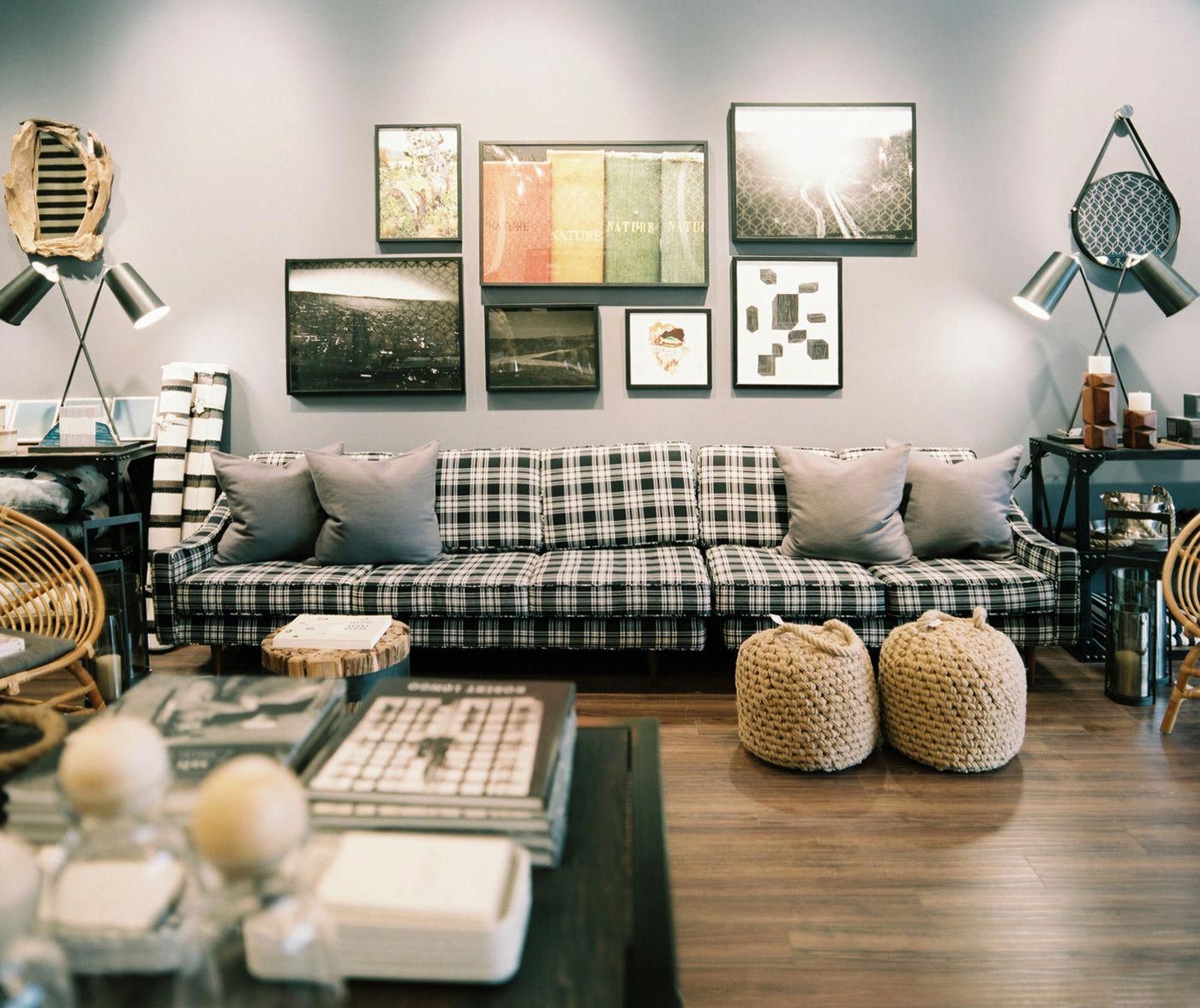
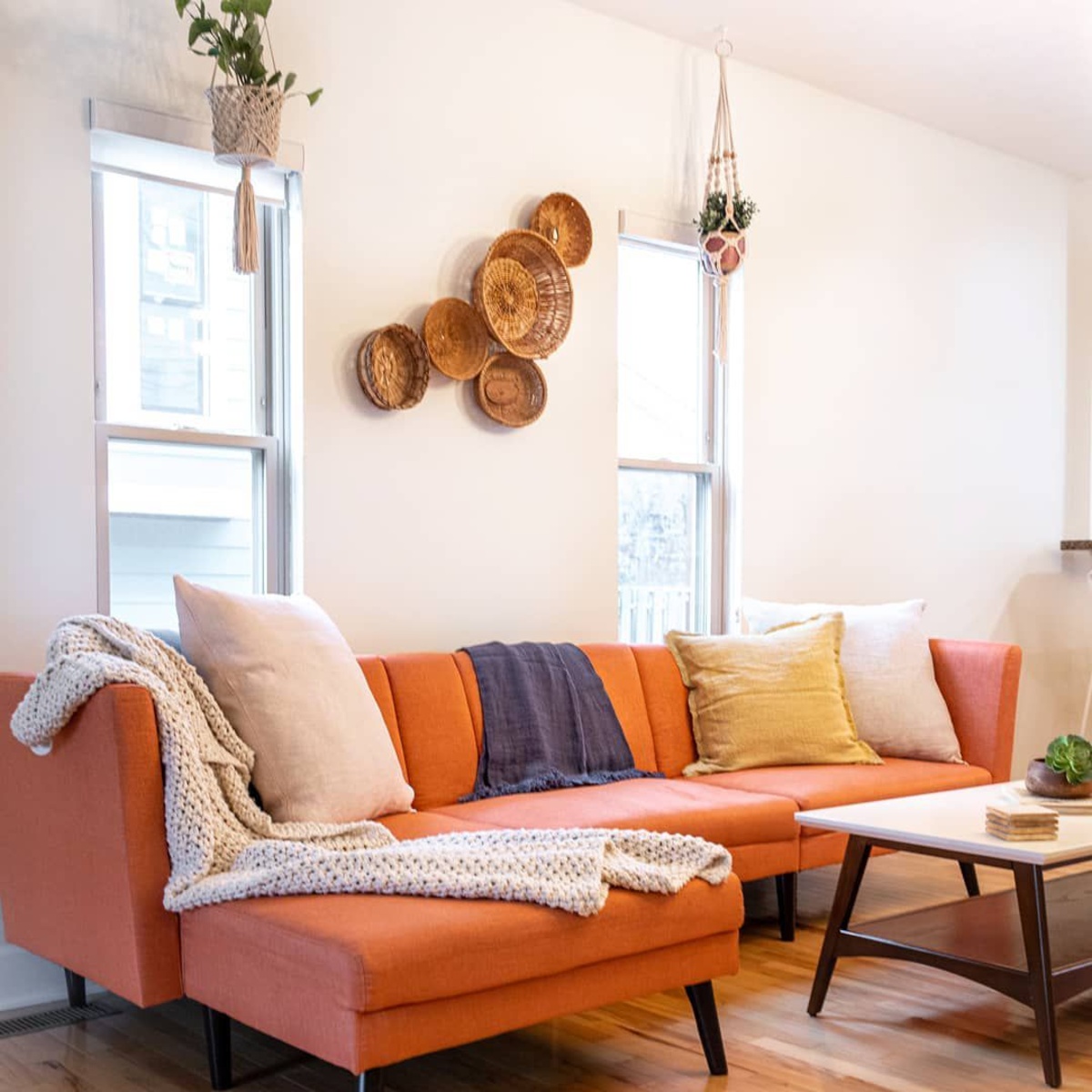
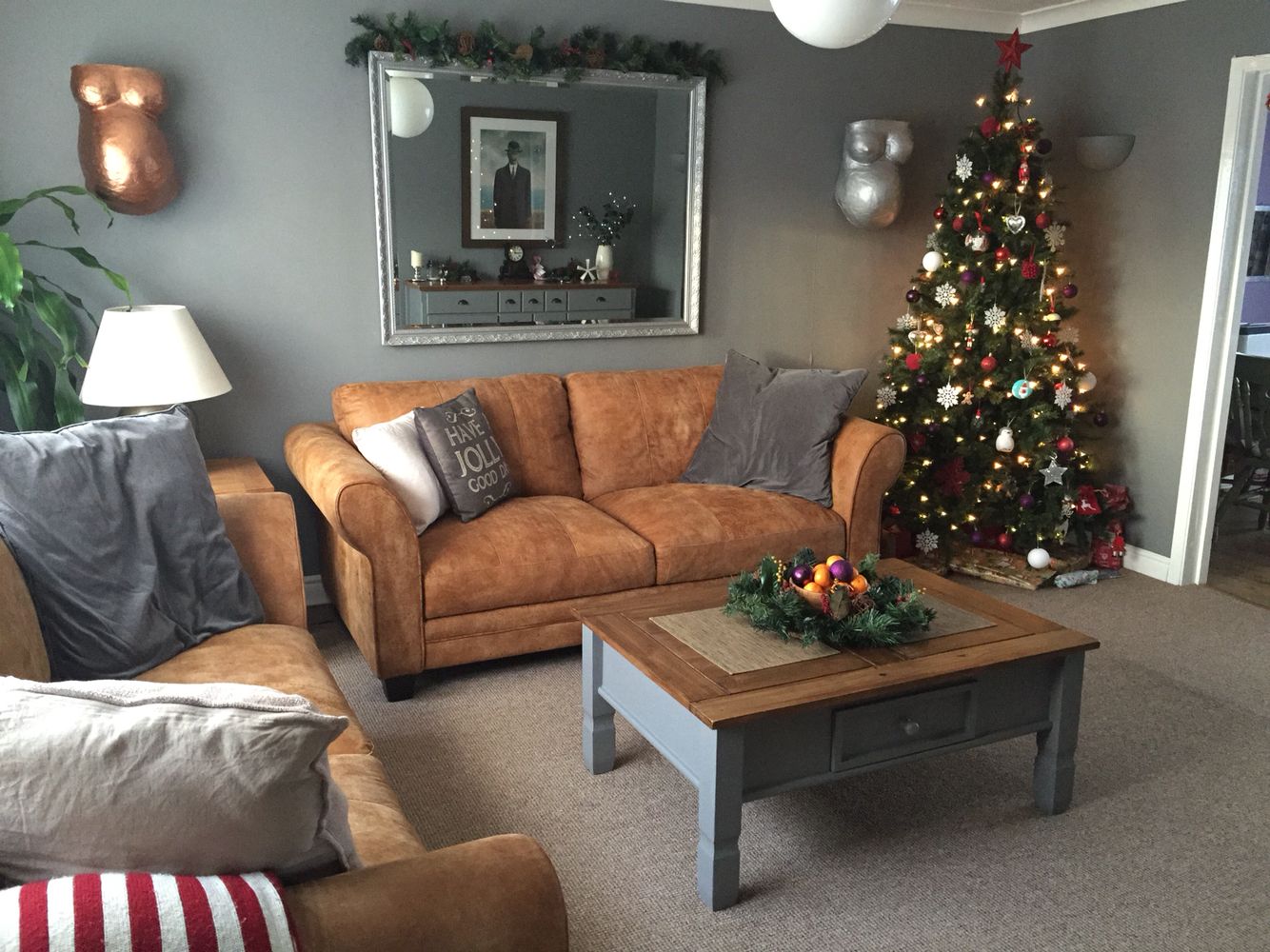
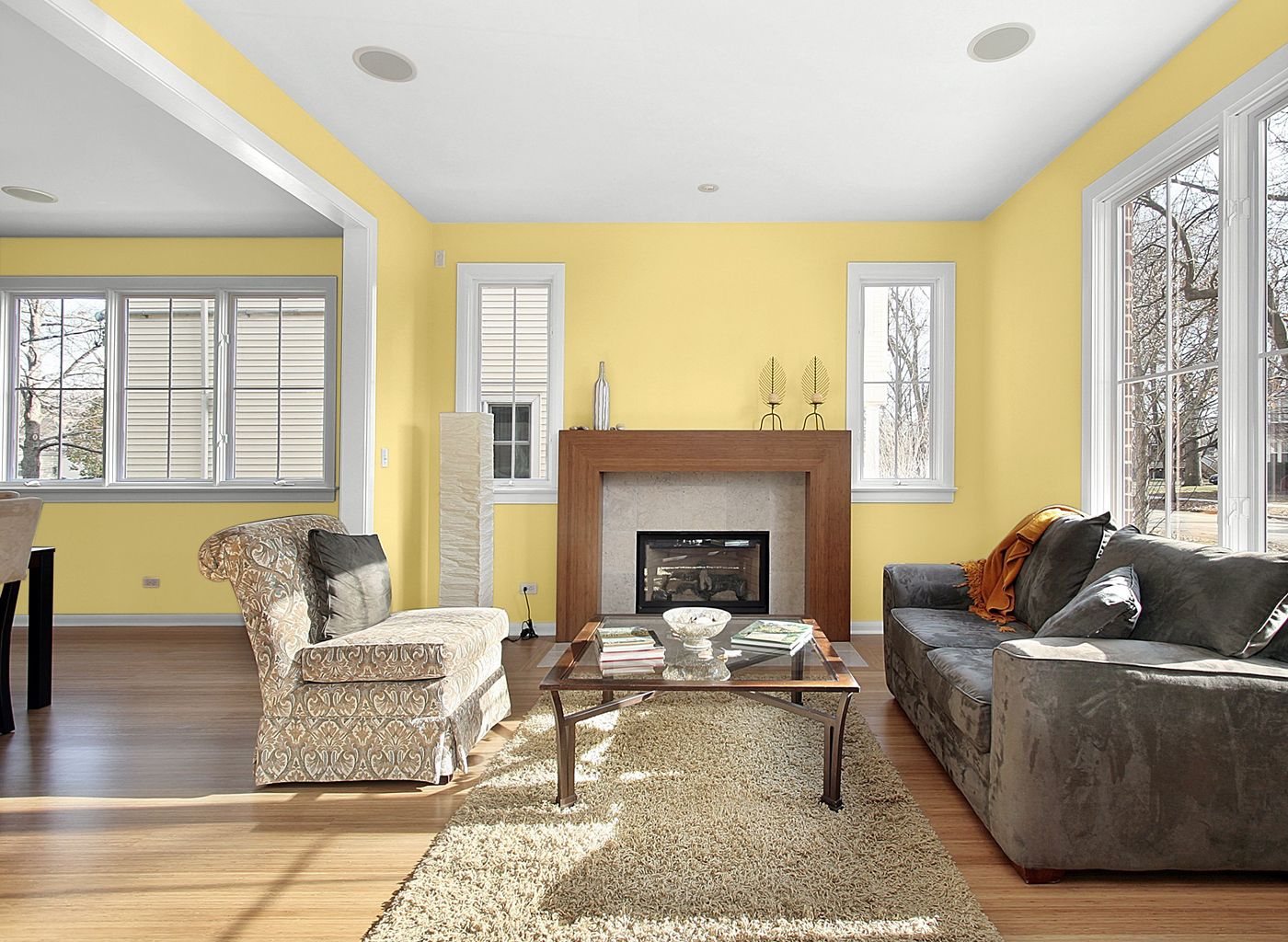
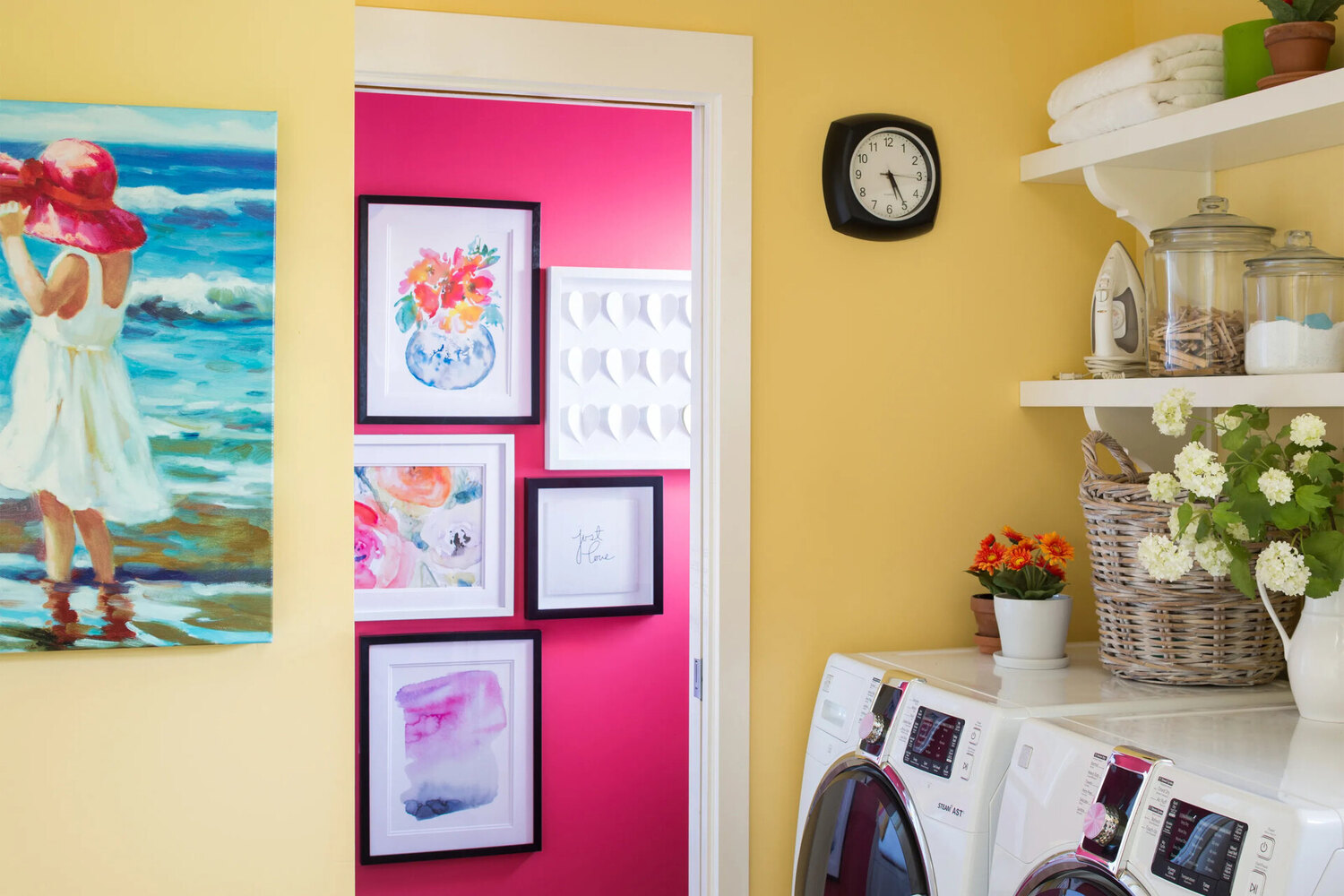
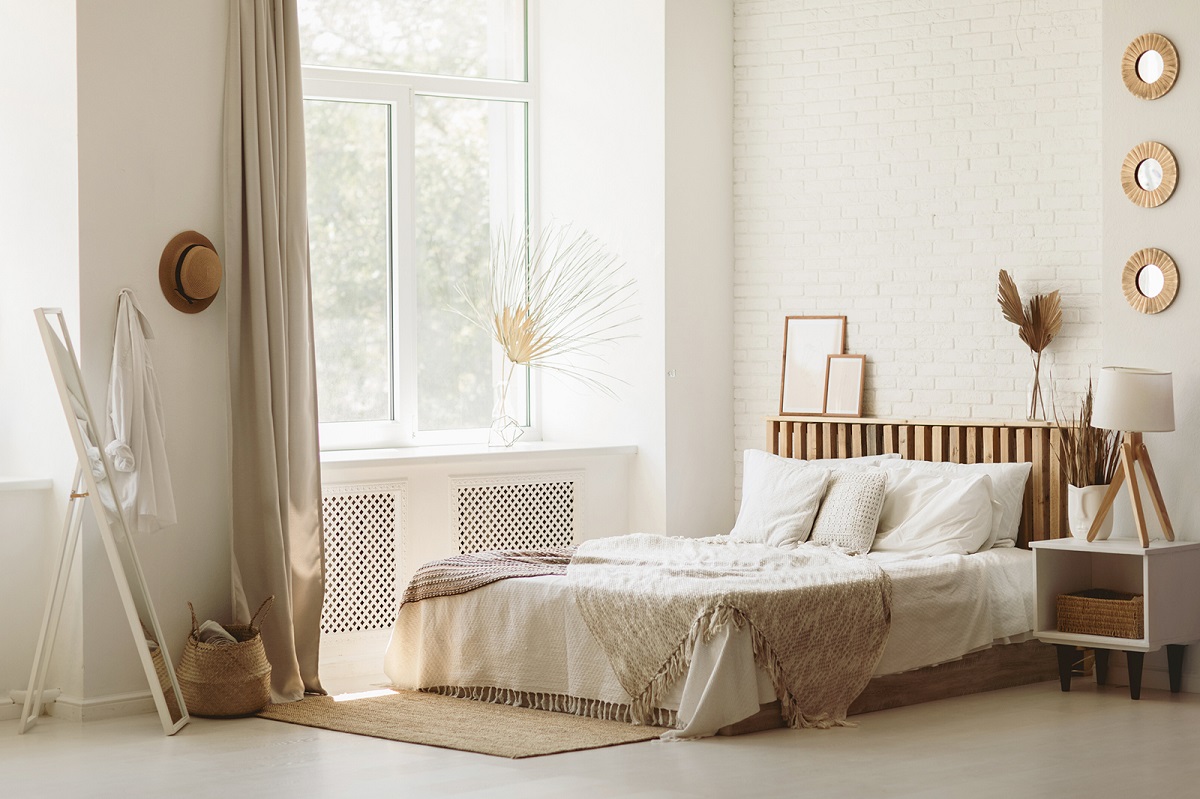
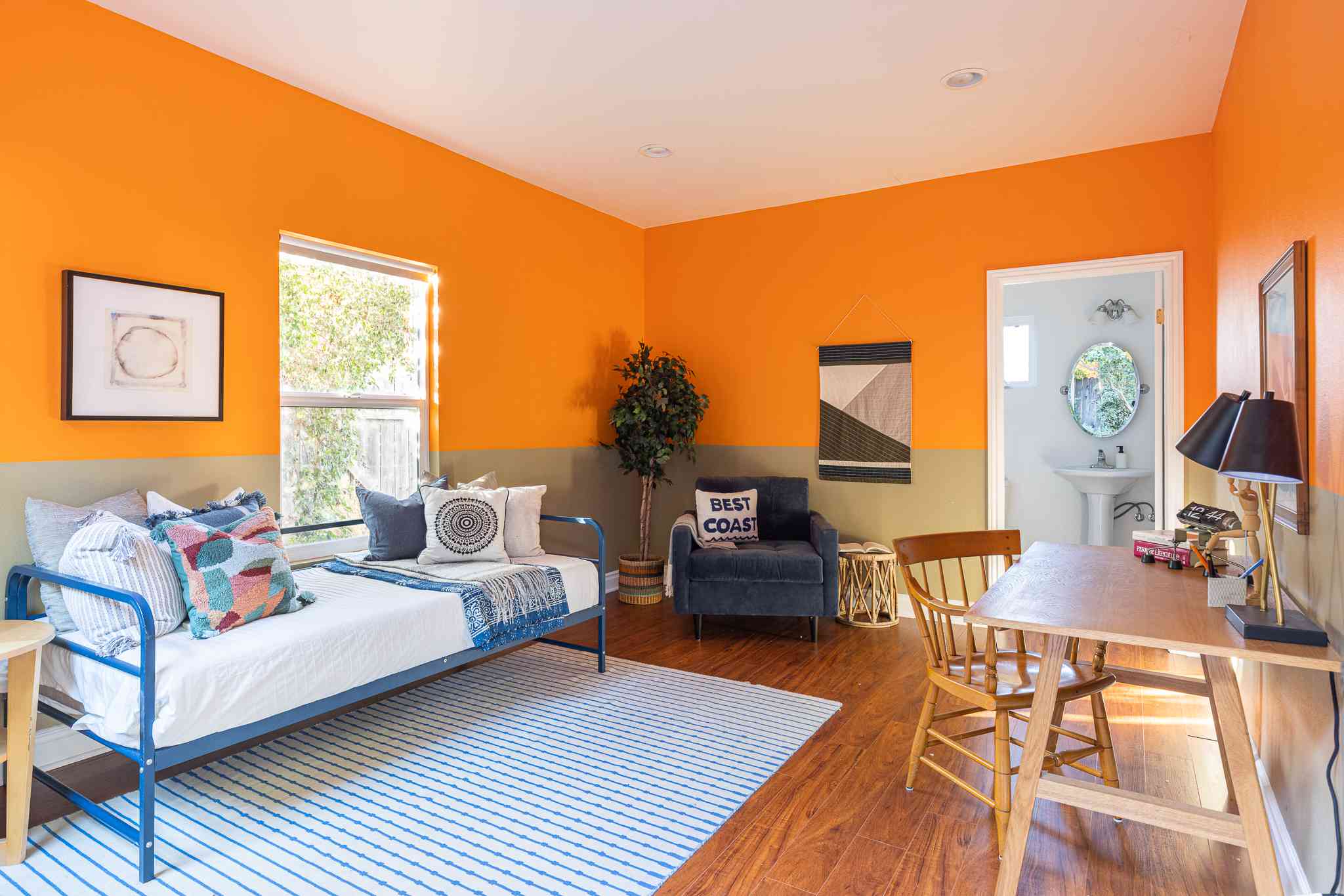
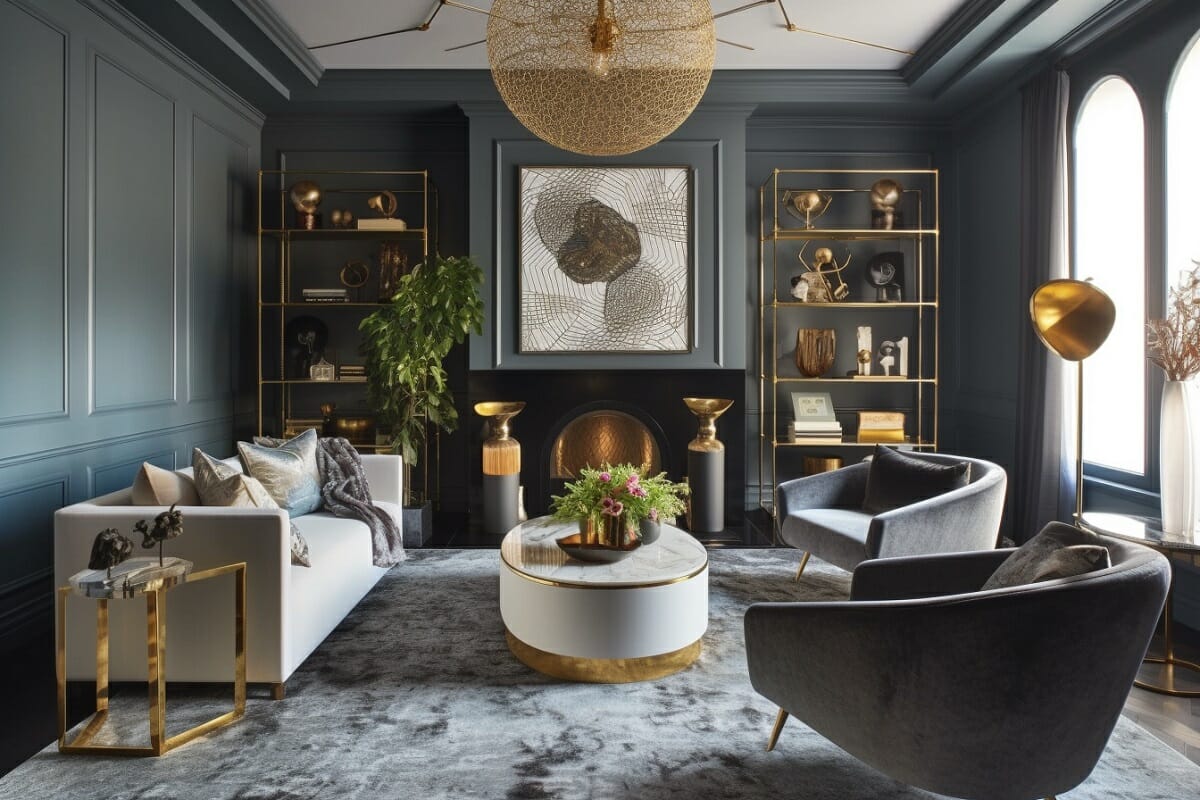
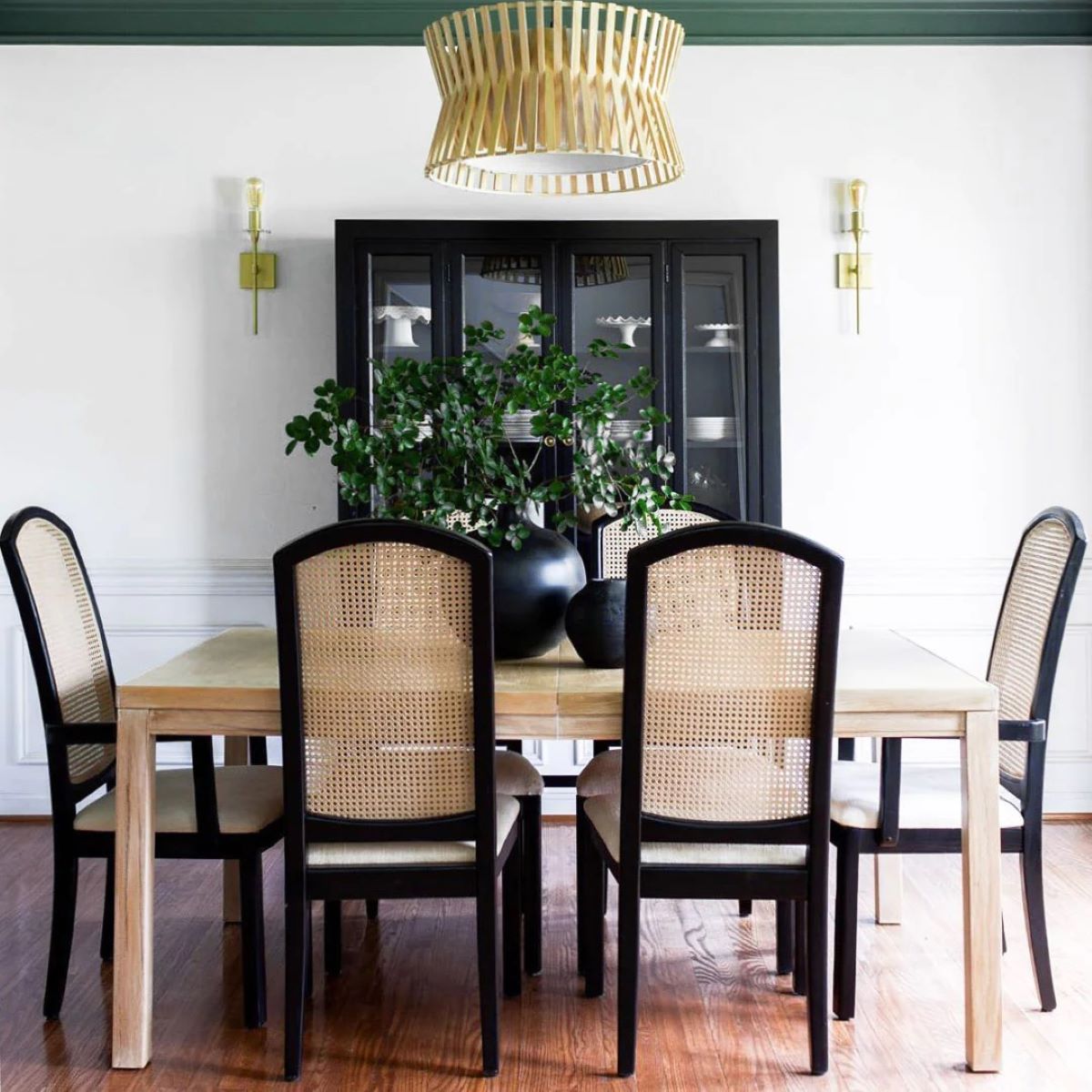
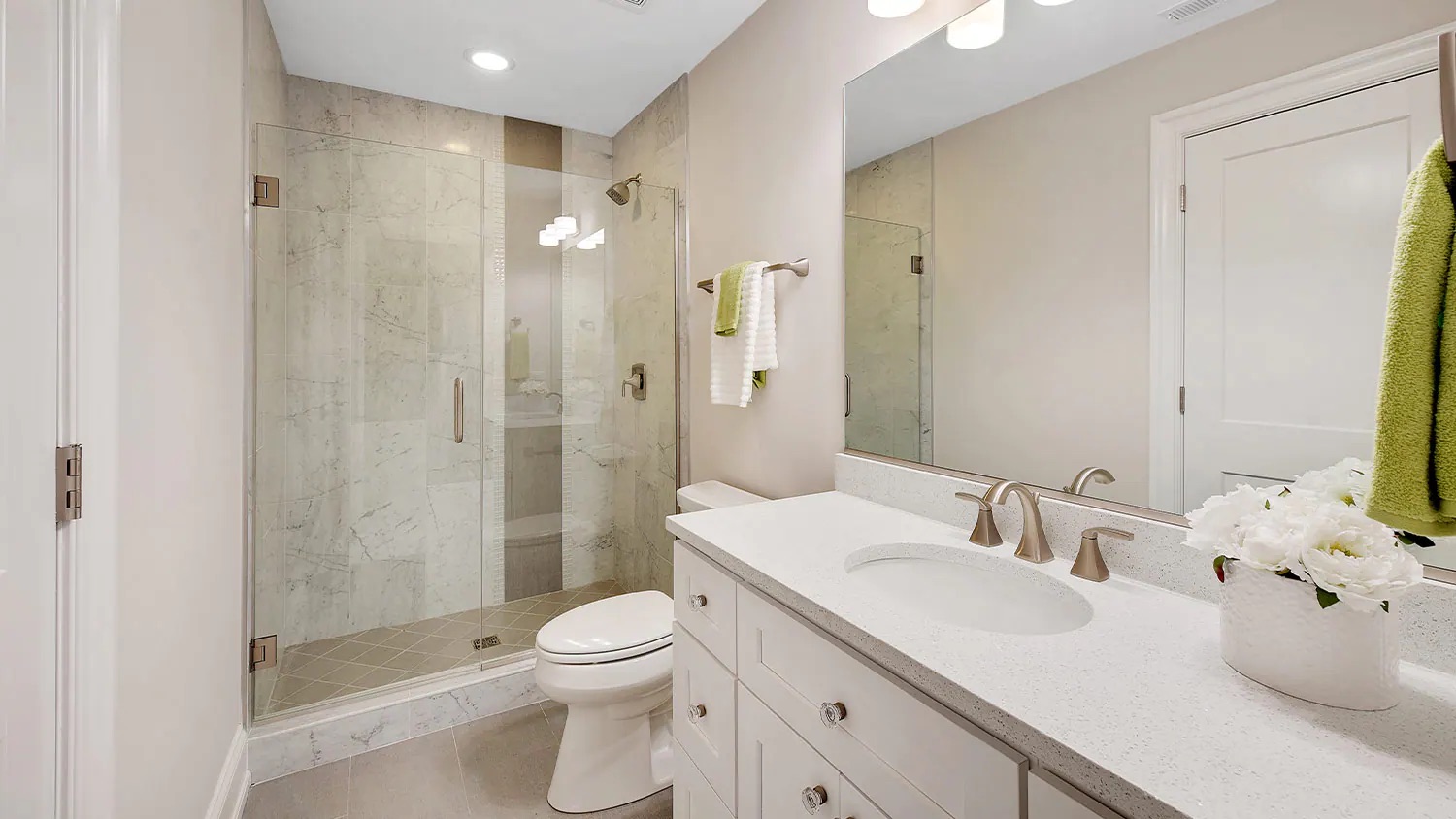

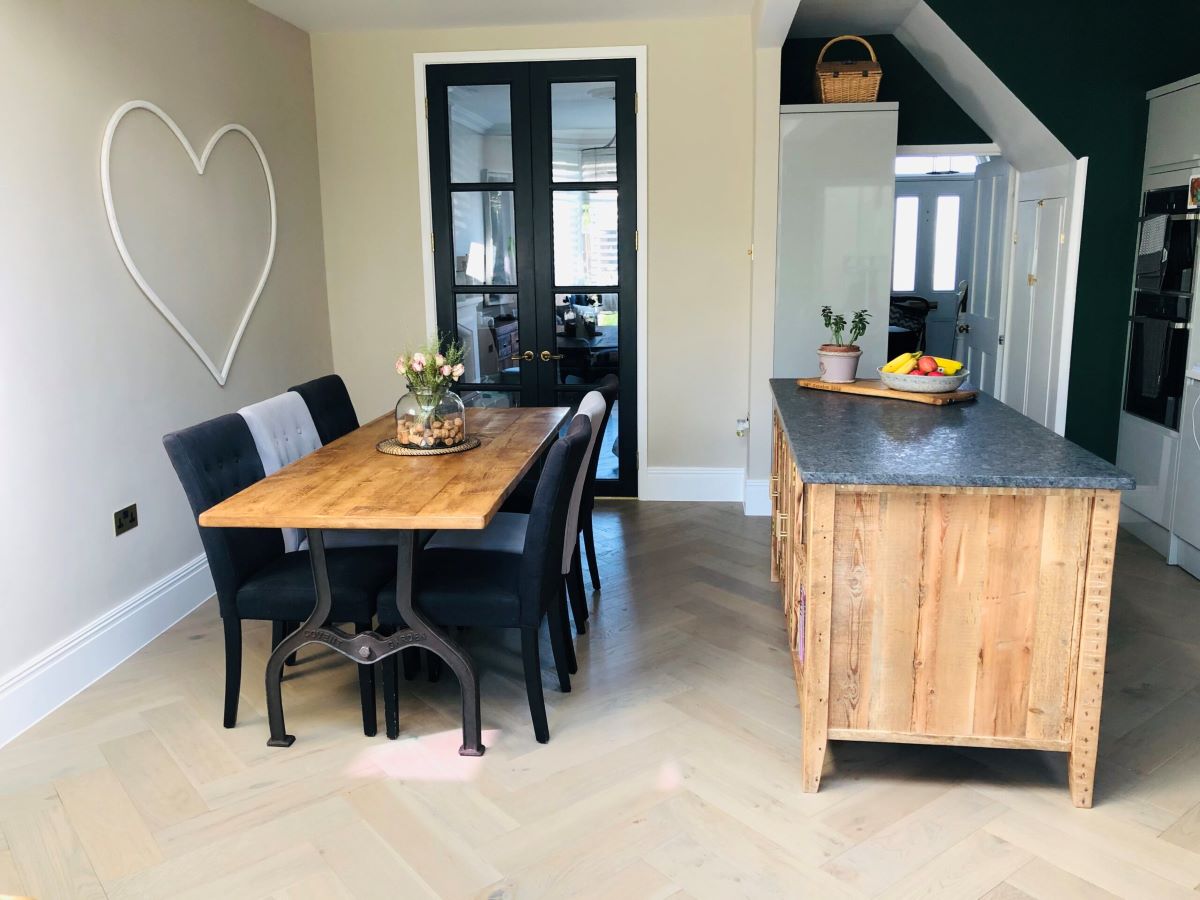
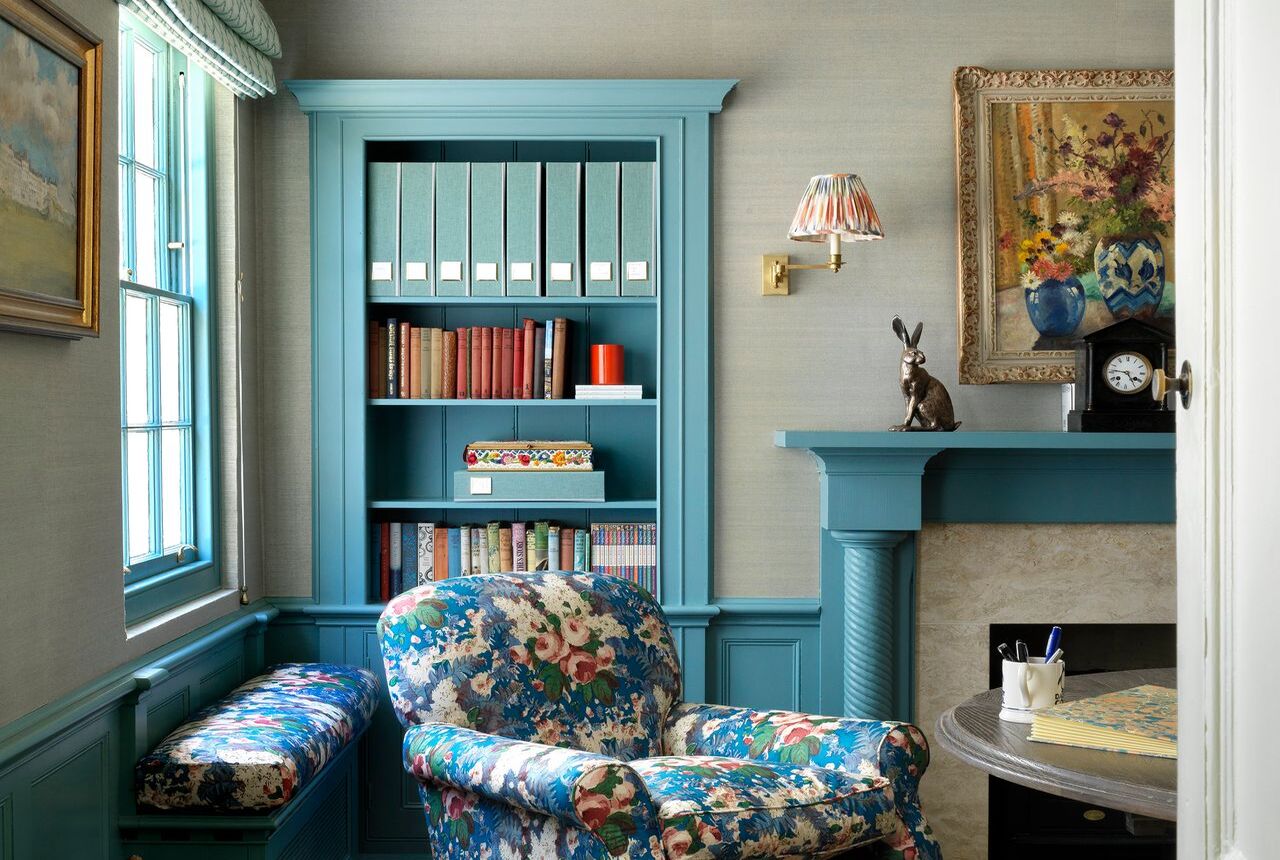

0 thoughts on “Decorating With Primary Colors: How To Decorate With Primary Colors”